'Little Red Riding Hood'
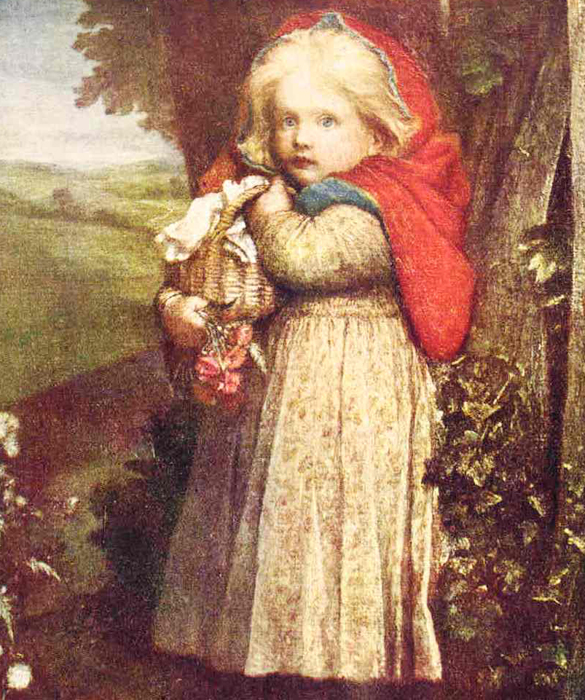
The tale of Little Red Riding Hood hasn’t changed much from when it was first told in 14th century Europe. A young girl strays from the path and pays for it when a wolf ambushes her grandmother. However, early versions didn’t boast the brave woodcutter who smashes the slavering beast with his axe. Instead, the wolf serves Little Red her grandmother’s blood as wine and her meat as dinner, and a passing cat calls her a “slut” for partaking in this cannibalistic feast. When Charles Perrault rewrote the tale in the 17th century, he was serving in the court of King Louis XIV, whose bisexual brother Philippe would often dress as an older woman and attend female-only salons to seduce young women—something that sounds very wolfish, indeed.
Photo via WikiCommons
'The Pied Piper'
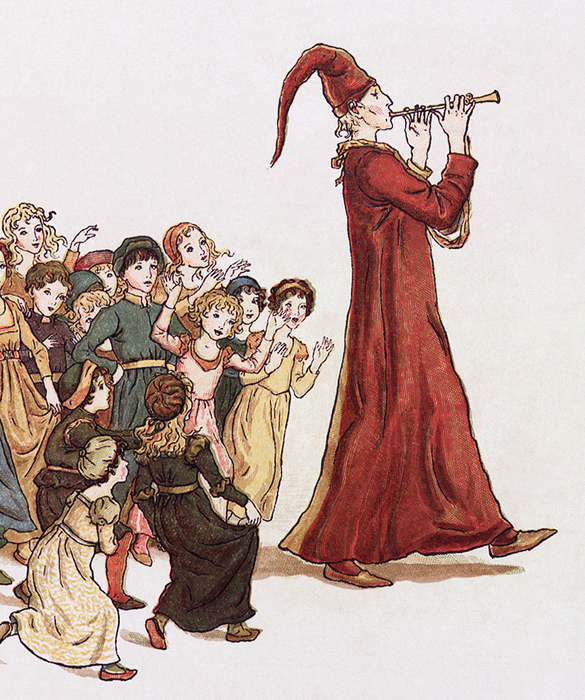
The story of the Pied Piper of Hamelin, in which a traveling musician lures away all of the children in a small town, was popularized by the Grimm brothers in the 19th century. But historians believe that the tale, which was passed down through generations, is actually based on a real historical event. In 1284, the children of Hamelin did mysteriously disappear, and we still don’t know why. Some theorize that the bubonic plague claimed them (hence the connection to rats in the story), but that disease wasn’t at epidemic levels in Europe until the 1400s. We may never know for sure.
Photo via WikiCommons
'Cinderella'
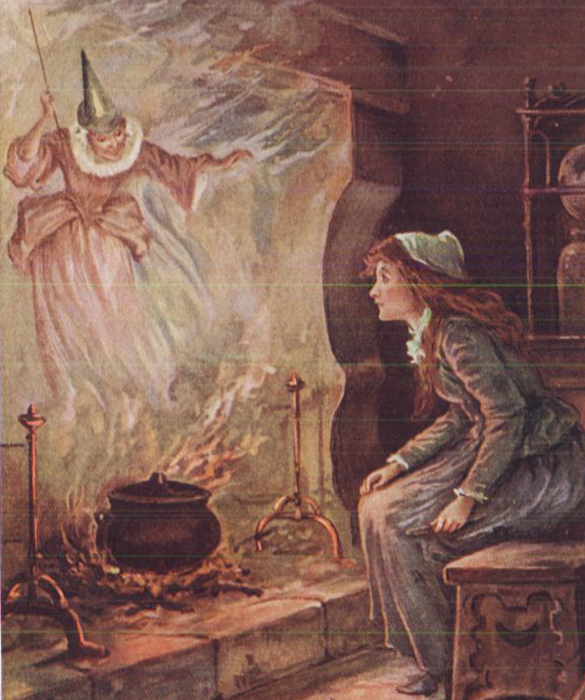
When we think about Cinderella, the classic tale of the humble house servant who became a princess, we picture the story happening somewhere in Europe. Well, the original tale actually took place in ancient Egypt in approximately 500 B.C. A young Greek girl named Rhodopis (which translates as “rosy cheeks”) was kidnapped and sold into slavery in Egypt. Her fellow slaves all attend a festival that she cannot, but the god Horus in the shape of a falcon steals one of her slippers and drops it into the Pharaoh’s lap. When he searches for its owner, he meets and falls in love with the humble servant girl. There is historical evidence that Rhodopis was a real person, but whether any of this story is actually true is anybody’s guess.
Photo via WikiCommons
'Sleeping Beauty'
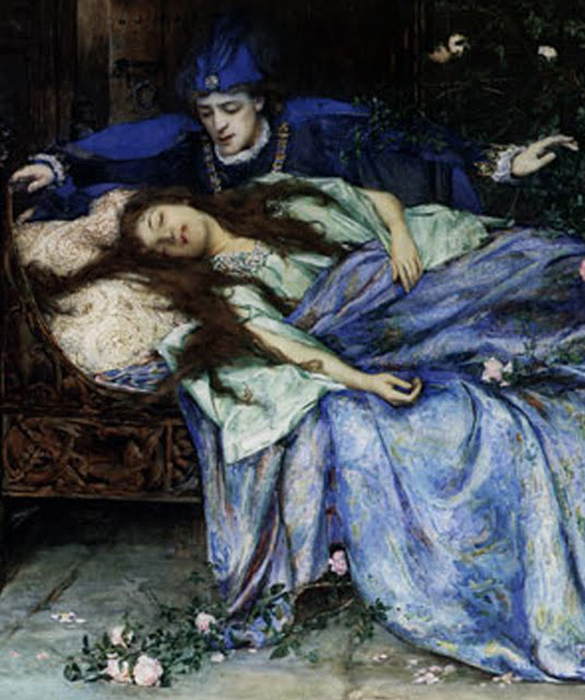
The mental image of a beautiful girl being awakened from a coma by the kiss of a prince is one of the most romantic in Western literature. Unfortunately, the original version of Sleeping Beauty gets a little more adult. The tale starts the same way—a beautiful princess gets her finger pricked by the flax in a spindle and falls into a deep sleep. But instead of a young prince who rescues her, it’s an older king, and he has his way with her sexually while she’s still asleep. And then he just leaves her sleeping where he found her. Nine months later she gives birth to twins, who are delivered by fairies, who place the newborns at her breasts to drink. One accidentally latches onto her finger by mistake, sucks out the poison from the spindle and awakens her, presumably pretty confused as to why she now has two kids.
Photo via WikiCommons
'Beauty and the Beast'
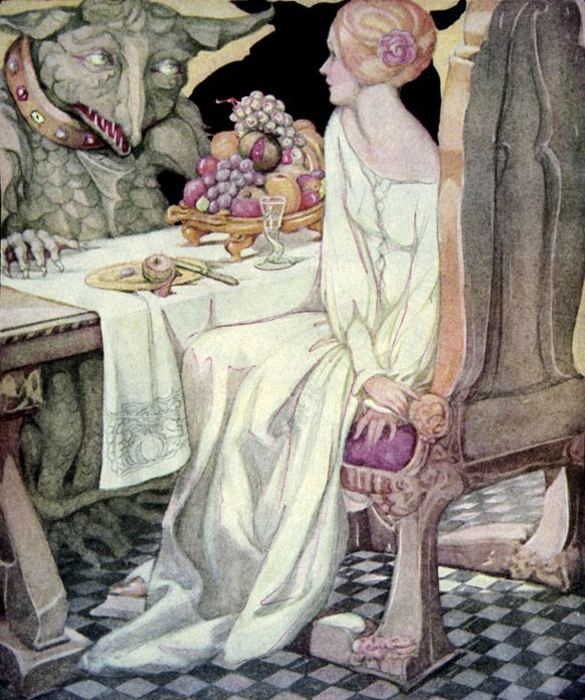
This one wasn’t—as far as we know—based on real individuals. But it does have roots that go much further back than you might have guessed. The story of Cupid and Psyche sounds pretty familiar—a beautiful young woman is taken to an isolated area and forced to marry a hideous creature. The creature visits her at night and has his lustful ways with her when she cannot see him, and eventually turns out to be Cupid, the Roman god of desire. Of course, she finds out and everything ends well, but it’s funny how the story evolved over the centuries to a more literal, less religious interpretation.
Photo via WikiCommons
'Bluebeard'
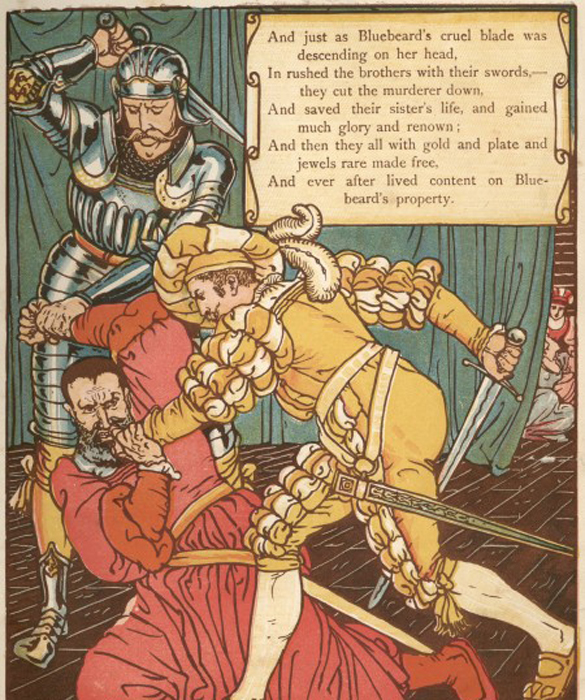
The tale of Bluebeard is a little less famous than some of the others on this list, primarily because you can’t really make a Disney movie about it. It concerns a nobleman who has married several times, only to have each wife disappear mysteriously. When he leaves his current wife alone in the castle, she finds a secret room with the corpses of her predecessors and calls her brothers to slay him. It seems insane, but the story is actually based on a real person—Gilles de Rais, a 15th century nobleman and serial killer, who actually did have an oddly colored beard. He mostly killed children, however, not women.
Photo via WikiCommons
'Snow White'
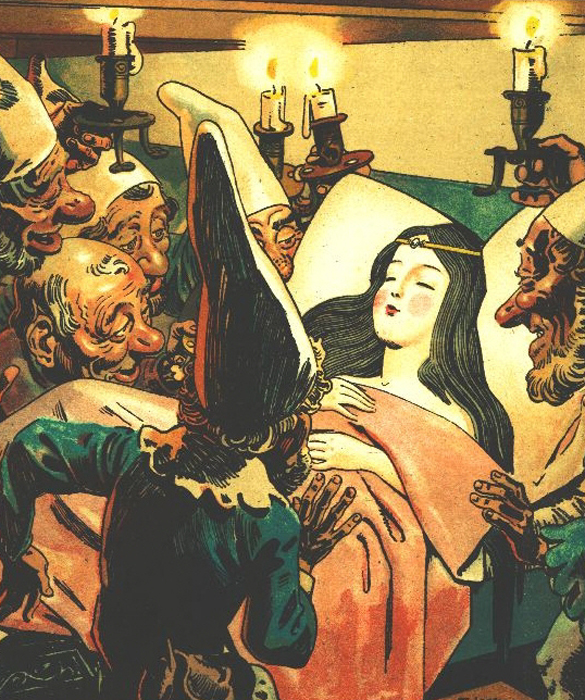
This one is still up for discussion, but there are so many parallels between the classic tale of Snow White and the real life of Countess Margarete von Waldeck that it’s worth delving a little deeper. The Countess was a girl with pale white skin and raven black hair who lived with a jealous stepmother. When a young prince fell for her, the stepmother allegedly arranged to have her poisoned. She probably didn’t use an apple to do the deed, but the similarities are there. There’s no historical record of seven people of short stature being involved.
Photo via WikiCommons
'The Little Mermaid'
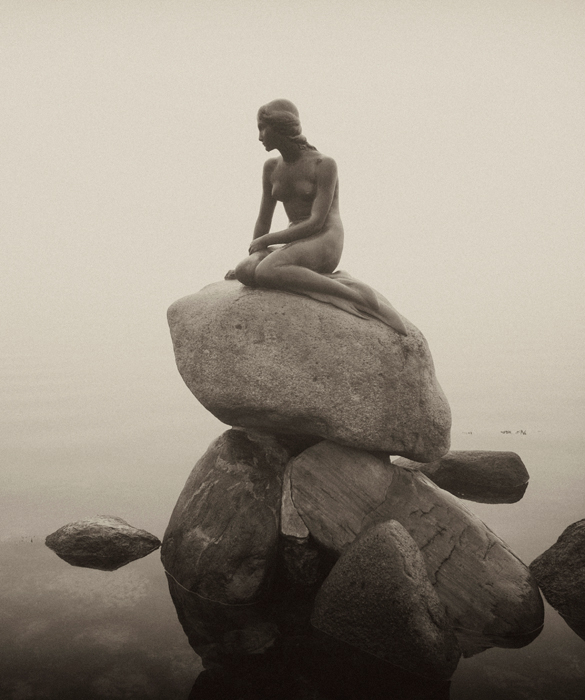
Hans Christian Andersen’s original version of the tale of cross-species love didn’t have quite as happy an ending as the Disney version. Instead of having her voice trapped in a locket, the sea woman has her tongue chopped off. And it’s not for love that she becomes human—merpeople turn to sea foam when they die, while humans have immortal souls that go to Heaven. After her transformation, she’s in constant pain that feels like she’s walking on swords, and when the prince marries someone else, she contemplates murdering him so she can become a mermaid again. At the end of the story, she throws herself into the sea and dies. No happy singing crabs in this one.
Photo via WikiCommons
'Hansel and Gretel'
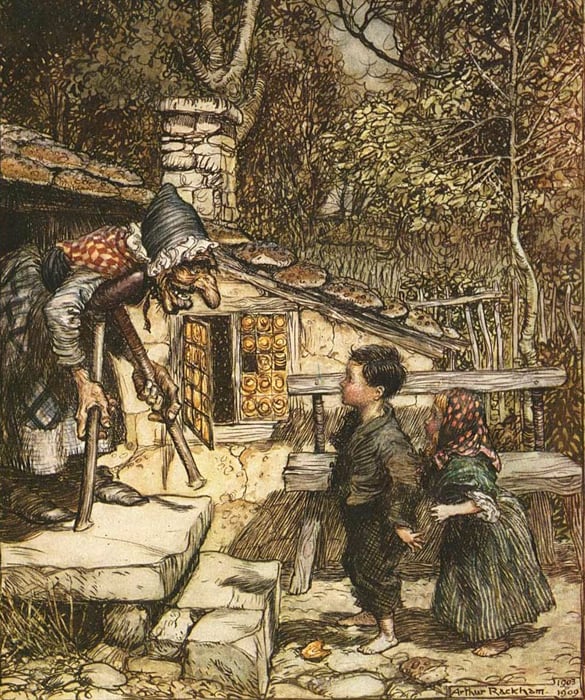
We all know the tale of Hansel and Gretel, the two little children abandoned in the woods by their parents who find the sweet house of a witch and are captured by her for food. But the original woman, whom the witch was inspired by, was no sorceress—instead, she was an enterprising lady who did too well for her competitors. Katharina Schraderin was a baker in the 1600s who developed a delicious gingerbread cookie. When a rival male baker became jealous of her success, he drove her out of town and denounced her as a witch, then rounded up a posse to attack her in her home and burn her to death in her own oven.
Photo via WikiCommons
'Rapunzel'
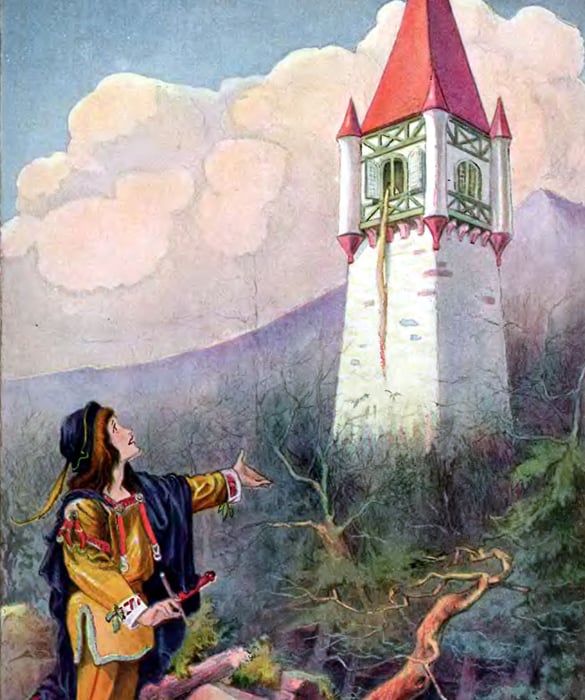
There are literally dozens of variations on the tale of a beautiful young woman trapped in a tower waiting for a prince to rescue her. The earliest currently known is quite old, though—it’s the story of Saint Barbara, and it dates back to the third century. A wealthy merchant living in what is now Turkey had a beautiful daughter named Barbara, and he was terrified that love would take her away from him, so he had her locked in a tower while he traveled. Instead of growing her hair long, Barbara instead turned to Christ, which didn’t go over well in pagan Rome. Her father was ordered by the authorities to behead her, which he did, and then was struck by lightning and killed himself.
Photo via WikiCommons




